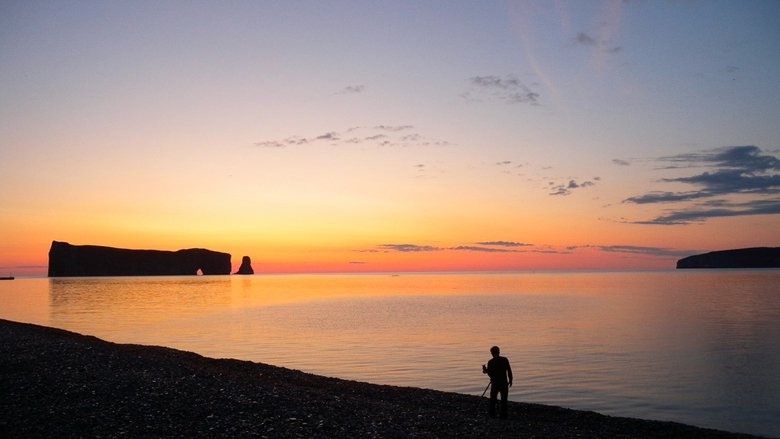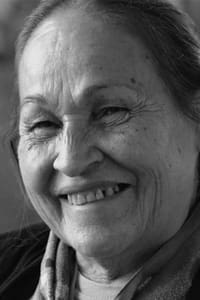Territoires, alliances et autres métissages
Genres
Documentary
OverView
By retracing the mixed heritage of First Nations peoples and Quebecers, painting a modern portrait, and sketching a human geography, this film helps us (re)discover the beauty and strength of our common territory: the Americas.
Others
Budget
$--
Revenue
$--
Status
Released
Original Language
French
Runtime
83 mins
Rating
0/10
Release Date
09 March 2022
Country
Canada




